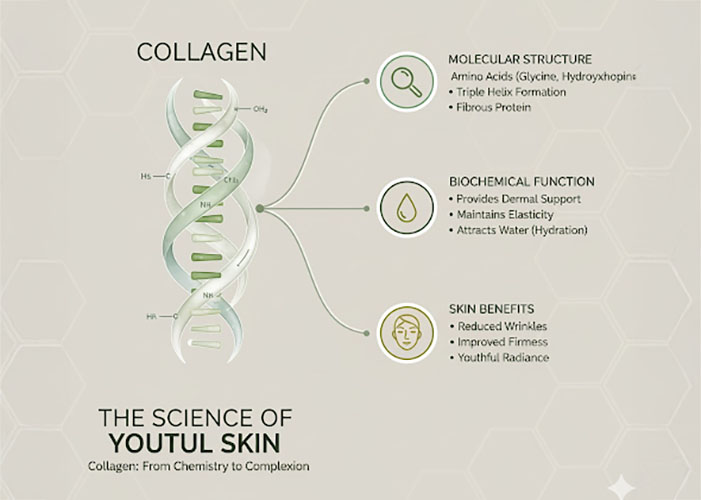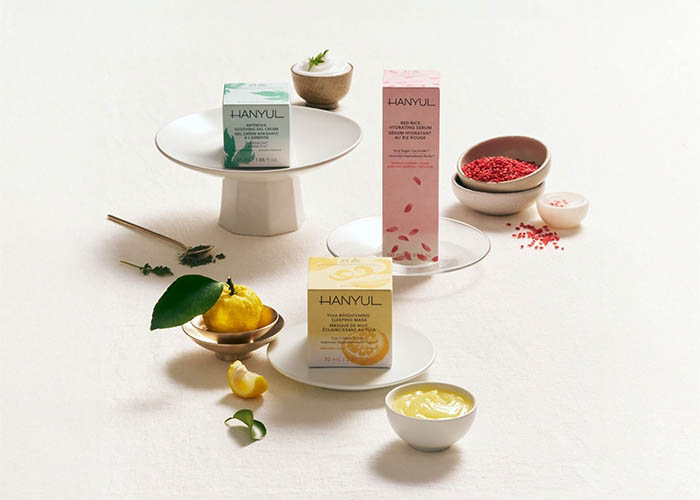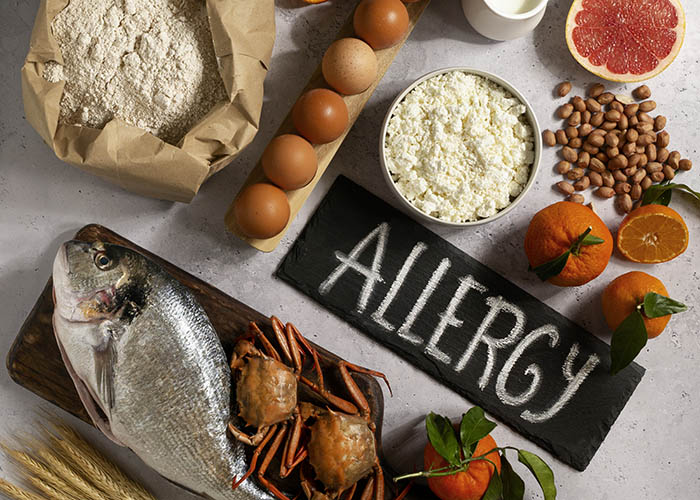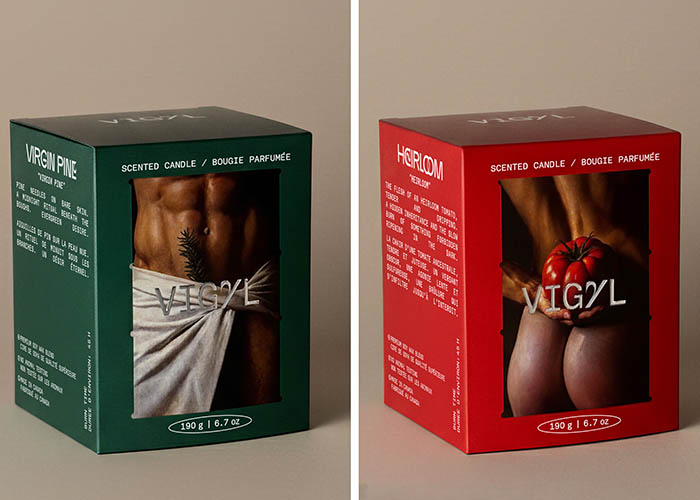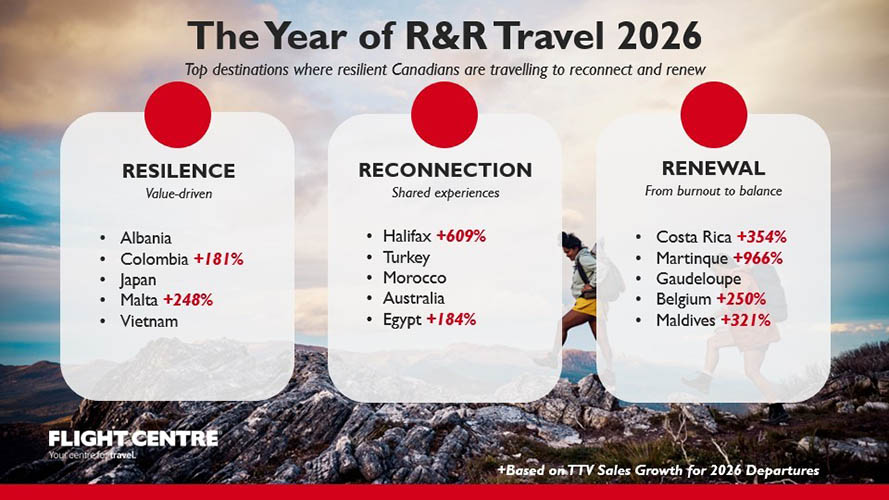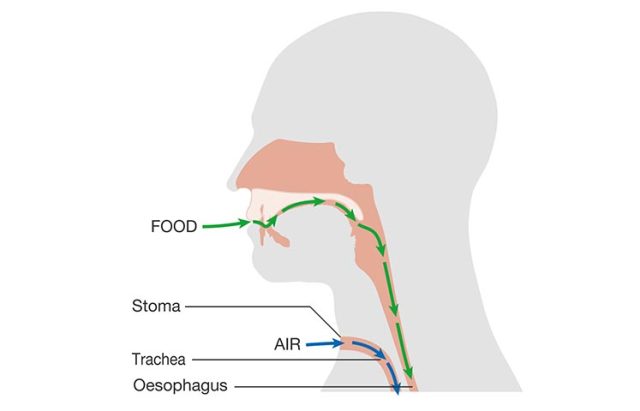If you or a loved one have been diagnosed with dysphagia, you may be wondering how to navigate your diet to ensure safe swallowing. Dysphagia, a condition that impacts the ability to swallow, can be challenging. But with the right knowledge and guidance, you can still enjoy a satisfying, nutritious diet. In this post, we’ll explore some of the best things to eat, and which foods to avoid, when following a dysphagia diet.
Understanding Dysphagia
First things first – before diving into the specifics of a dysphagia diet, let’s briefly understand the condition itself. Dysphagia can occur due to several reasons, including neurological disorders, stroke, muscle weakness, and certain medical treatments. It can make swallowing food and liquids difficult, increasing the risk of choking or aspiration pneumonia.
The Importance of a Dysphagia Diet
A dysphagia diet aims to modify the texture and consistency of food and liquids to make swallowing safer and more manageable. It focuses on providing adequate nutrition while minimizing the risk of choking and aspiration. A well-planned dysphagia diet can ensure that you receive the essential nutrients your body needs to stay healthy and nourished. It may also include modifying food, such as pureeing or using thickening products – for example, you can thicken coffee with SimplyThick to make it easier to swallow.
Choosing the Right Foods
When it comes to a dysphagia diet, selecting the right foods is crucial. Here are some tips to keep in mind:
- Texture matters: Try soft and moist foods that are easier to swallow. This might include smoothies, pureed fruits and vegetables, mashed potatoes, and well-cooked grains like rice or oatmeal.
- Nutrient rich options: Despite the modified texture, your diet should still be nutritionally balanced. Nutrient-dense foods like vegetables, fish, lean meats, eggs, dairy products, and soft fruits are a good choice
- Variety is key: Incorporate a wide range of foods to ensure you receive a diverse array of nutrients. Experiment with different flavors and textures to make your meals more enjoyable.
- Hydration is vital: Adequate hydration is essential for everyone, especially for individuals with dysphagia. Choose thickened liquids or use thickening agents if needed to make liquids easier to swallow.
Foods to Avoid
While some foods can be safety enjoyed on a dysphagia diet, there are certain items that are best avoided. These include:
- Hard and crunchy foods: Foods like popcorn, nuts, and raw vegetables can pose a choking hazard. Pick softer alternatives or cook these foods until they are tender.
- Dry and sticky foods: Foods that can stick to the roof of your mouth or throat, such as peanut butter or dry bread, should be avoided. Moistening these foods or choosing alternatives can make swallowing easier.
- Tough meats: Steaks, jerky, and tough cuts of meat can be difficult to swallow. Instead, try alternatives like ground or finely minced meats.
- Carbonated and alcoholic beverages: These can cause discomfort and increase the risk of aspiration. Opt for non-carbonated and non-alcoholic alternatives.
Living with dysphagia can be challenging, but with the right approach, you can still enjoy a varied and satisfying diet safely.








